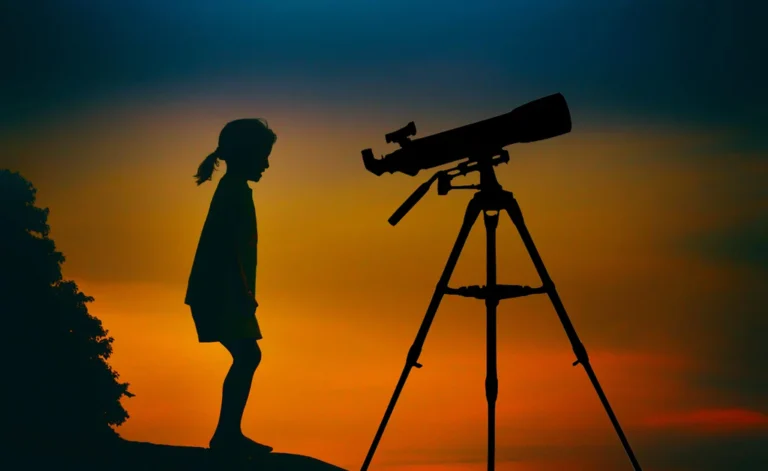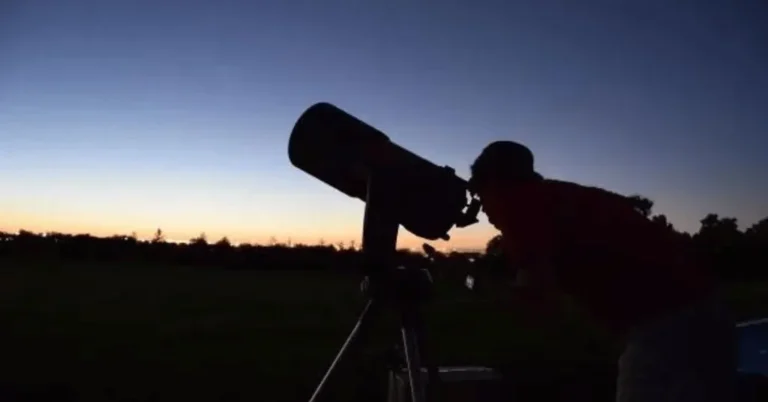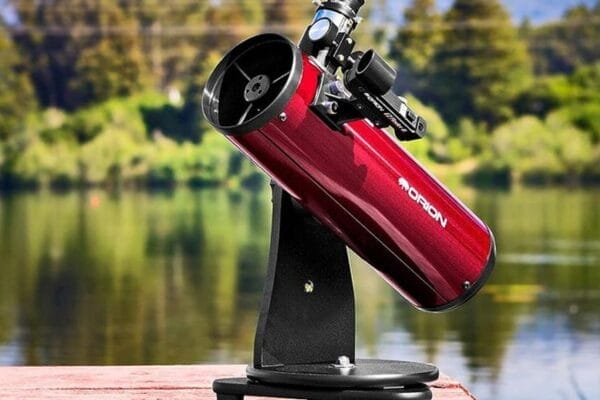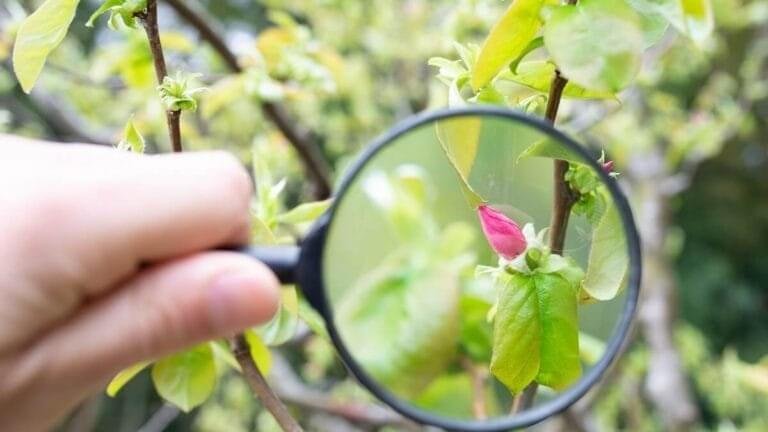Mastering Your First Telescope in 2026: A Beginner’s Guide
Welcome to the world of stargazing! Prepare yourself for a journey of exploration as you dive into the marvels of the universe using your very own telescope. I’m here to assist you. In this guide, I will provide instructions on how to begin your telescope experience.
It includes understanding the types of telescopes and their specific applications, familiarizing yourself with the primary components and their functions, setting up and utilizing your telescope effectively, and locating and observing celestial objects.
Understanding the workings of telescopes is crucial for anyone interested in astronomy. Check out our comprehensive guide on How Telescopes Work.
Understanding Your Telescope
Before using your telescope, let’s learn about the three main types and their general features.
Refractor telescopes: These telescopes use lenses to bring light together into a sharp image. They are relatively easy to use and maintain, but they can be expensive, especially at larger sizes.
Reflector telescopes: These telescopes use mirrors to reflect light into a sharp image. They are more affordable than refractors of the same size, and they are less susceptible to chromatic aberration (color fringing). However, reflector telescopes can take more work to set up and maintain.
Catadioptric telescopes: These telescopes are a hybrid design that uses both lenses and mirrors. They are more compact than refractor and reflector telescopes of the same size, offering good optical performance at a reasonable price.
The main parts of a telescope are:
Objective lens or mirror: This is the central light-gathering part of the telescope. It is located at the front of the telescope tube.
Eyepiece: This lens magnifies the image formed by the objective lens or mirror. It is located at the back of the telescope tube.
Mount: The mount supports the telescope tube and allows it to be moved smoothly and precisely.
Factors that affect the viewing quality of a telescope include:
- Aperture: The aperture is the diameter of the objective lens or mirror. It is the most essential factor in determining the telescope’s light-gathering ability. More significant gaps allow light to be collected, resulting in brighter and more detailed images.
- Optical quality: The visual quality of a telescope is determined by the precision of its lenses and mirrors. High-quality optics produce sharper and more accurate shots.
- Stability: The stability of the telescope mount is also crucial for viewing quality. A shaky support will cause the vision to blur.
Choosing the Right Telescope for Beginners
Hey there, new telescope shopper! Before you buy your first telescope, it’s essential to consider a few things:
Budget: The price of telescopes can vary from a few hundred to several thousand dollars.
Intended use: What do you want to use your telescope for? If you’re primarily interested in stargazing, a refractor or catadioptric telescope is a good choice. If you’re also interested in astrophotography, you’ll need a telescope with a sturdy mount and a long focal length.
Brand: There are many reputable telescope brands on the market, such as Celestron, Meade, and Orion. Do your research and choose a telescope from a reputable brand.
Setting Up Your Telescope
Once you have chosen your telescope, it’s time to set it up! Here’s a step-by-step guide:
1. Assemble the telescope mount. Follow the instructions that came with your telescope.
2. Attach the telescope tube to the mount.
3. Balance the telescope. It is vital for smooth and precise movement.
4. Align the telescope. There are a few different ways to do this, but the Polaris alignment method is a good option for beginners. To polar align your telescope, follow these steps:
- Level the telescope mount.
- Set the telescope’s right ascension (RA) to 0 degrees.
- Look through the telescope’s eyepiece and find the North Star.
- Use the telescope’s altitude and azimuth controls to center the North Star in the eyepiece.
Tips for Beginners
- Choose a dark observation site. The darker the sky, the more objects you’ll be able to see.
- ·Allow your eyes to adjust to the darkness. It takes about 20 minutes for your eyes to adjust to the dark entirely.
- Start by observing bright objects, such as the Moon and planets. Once you become more comfortable, you can keep fainter objects, such as star clusters, galaxies, and nebulae.
- Use a star chart or app to help you find objects. There are many free and paid star charts and apps available.
Insert an eyepiece into the telescope tube.
With some practice, you’ll be able to master your telescope and enjoy observing the wonders of the night sky!
Books and websites for beginners
- Books:
- The text “The Backyard Astronomer’s Guide“. Terence Dickinson wrote it.
- Turn Left at Orion by Guy Consolmagno
Websites:
- Astronomy.com
- CloudyNights.com
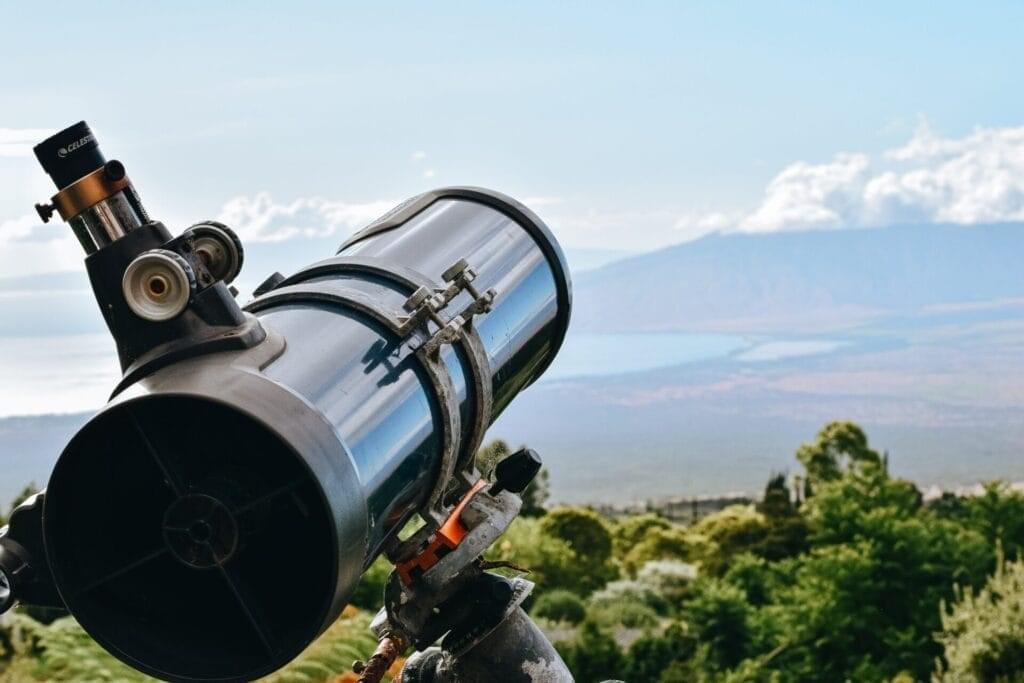
Maintenance and Care
Cleaning
Telescopes should be cleaned regularly to remove dust and dirt. It will help to improve the optical quality of the telescope and extend its lifespan.
To clean your telescope:
1. Remove the eyepiece and dust cap.
2. Blow off loose dust with a rocket blower or a soft brush.
3. Apply a small amount of lens cleaner “To improve the efficiency of your cleaning regimen.”
4. To clean the lens, use a gentle circular motion when wiping it. Be careful not to touch the lens with your fingers.
5. Make sure to let the lens dry entirely before using it. Also, ensure that it’s scorched to avoid any damage. The telescope.
Collimation
Collimation is the process of aligning the telescope’s optical components. It is vital to collimate your telescope regularly to ensure that it is performing at its best.
To collimate your telescope:
1. Find a bright object in the night sky, such as a star or planet.
2. Center the object in the eyepiece and focus it.
3. Defocus the telescope slightly.
4. Look for any concentric circles or patterns in the defocused image.
5. Use the telescope’s collimation screws to adjust the alignment of the optical components until the concentric circles or patterns disappear.
Dew
Dew can form on the telescope’s optics on cold nights. It can reduce the optical quality of the telescope and make it difficult to observe objects.
If you want to prevent dew formation on your telescope, there are some steps you can take. Take specific measures such as using a dew shield, applying anti-dew solutions, or using a heater.
To avoid dew formation on your telescope, you should prevent formation dew on your telescope; you should take some measures, like using a dew shield or heater, placing the telescope in a dry spot, or covering it with a tarp when not in use. Use a dew shield or a dew heater.
A dew shield is a device that fits over the front of the telescope tube and blocks dew from forming on the lens.
A dew heater is a device that wraps around the telescope tube and heats it to prevent dew from forming.
Storage
When storing your telescope, it is crucial to protect it from dust, moisture, and extreme temperatures.
Store your telescope in a dry, well-ventilated area.
If you are storing your telescope outside, cover it with a waterproof tarp or telescope cover.
Troubleshooting Common Issues
Can’t find the object
If you are having trouble finding a object, check the following:
- Are you using the correct eyepiece? The eyepiece magnification should be appropriate for what you are trying to observe.
- Is the telescope properly aligned? Make sure the telescope’s polar axis is aligned with the North Star if you have an equatorial mount.
- Is the object in the right part of the sky? Use a star chart or app to help you find the thing.
Image is blurry
If the image is blurry, check the following:
- Is the telescope adequately focused?
- Is the telescope collimated enough?
- Are the telescope’s optics clean?
Image is shaky
If the image is shaky, check the following:
- Is the telescope mounted on a sturdy surface?
- Is the telescope balanced?
- Are you using the telescope’s slow-motion controls?
Advanced Techniques (Optional)
Astrophotography
Astrophotography is the art of taking photographs of celestial objects. It can be a challenging hobby, but it is also advantageous.
To get started with astrophotography, you will need a telescope with a sturdy mount and a long focal length. You will also need a camera that can be attached to the telescope.
There are many resources available to help you learn more about astrophotography.
Visual observing
Exploring the universe with your own eyes. It is a great way to learn about the night sky and to see objects that are too faint to be photographed. To get started with visual observing, you will need a telescope with a large aperture. You will also need a variety of eyepieces to provide different magnifications.
Conclusion
Learning to use your first telescope is the key to a rewarding stargazing journey. A well-aligned telescope will reveal objects too faint or small for the naked eye. Once you master your telescope, you’ll quickly find and observe celestial wonders.
Share your passion for astronomy with others by teaching them to use your telescope. If you are new to astronomy, start your stargazing journey today. With some practice, you can master your first telescope and see amazing sights in the night sky.
FAQS
What is the best telescope for beginners in 2024?
The best beginner telescope in 2024 is one that balances affordability, ease of use, and performance. Popular choices include Dobsonian telescopes for their simplicity or refracting telescopes for clear, low-maintenance views.
How do I choose my first telescope?
To choose your first telescope:
Decide your budget.
Consider your interest (planets, stars, or deep-sky objects).
Look for telescopes with at least 70mm aperture for good light-gathering.
What accessories do I need with my first telescope?
Common accessories include:
A sturdy tripod or mount.
Multiple eyepieces for varied magnification.
A red-dot finder or star chart for easy navigation.
Can I see planets with a beginner telescope?
Yes! A beginner telescope with an aperture of 70mm or more can show planets like Jupiter, Saturn, Venus, and Mars. You may even spot Saturn’s rings and Jupiter’s moons with clear skies and good magnification.


